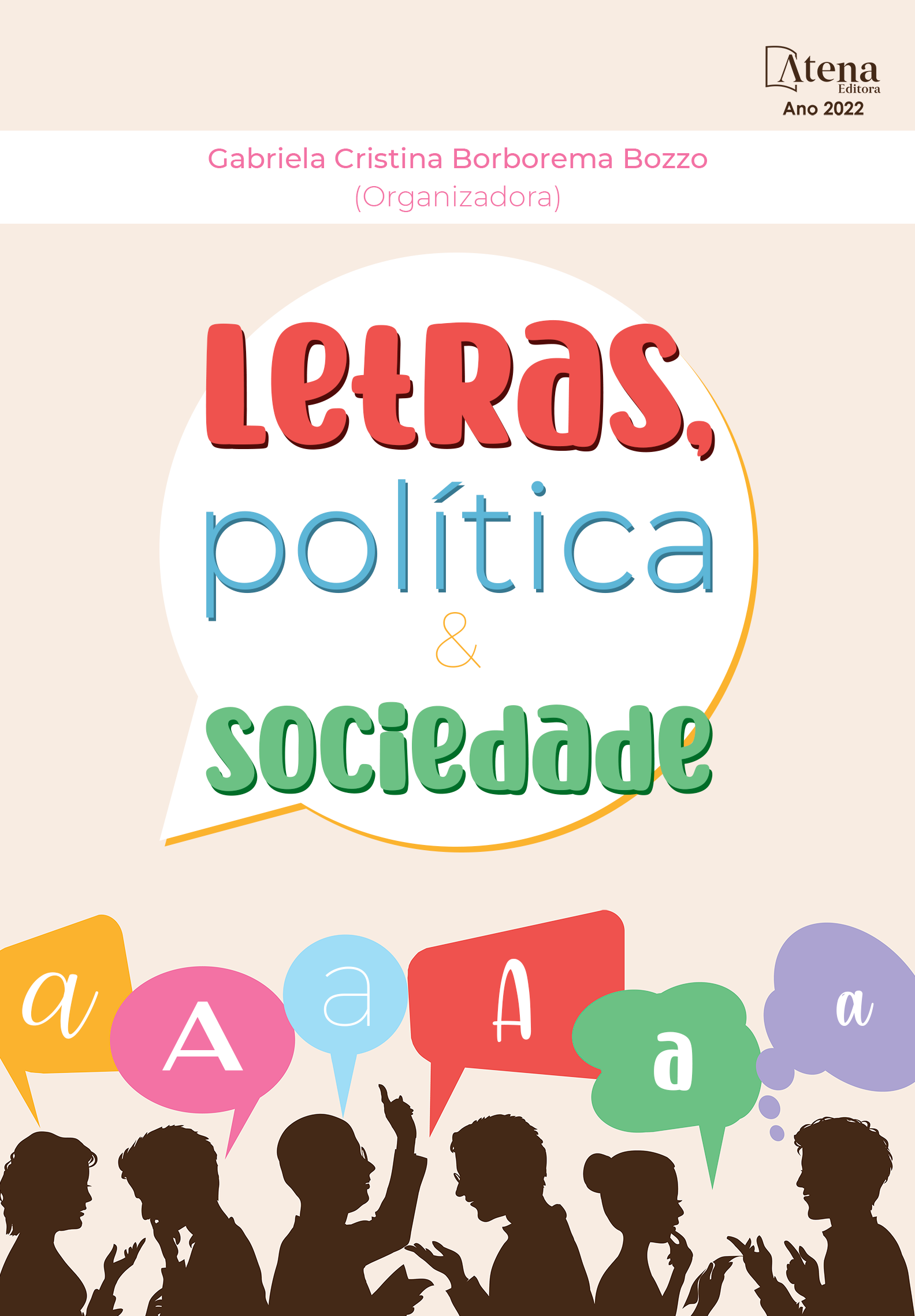
THE ENORMOUS ROOM E THE PILGRIM’S PROGRESS: UMA RELAÇÃO PARÓDICA ENTRE ROMANCE MODERNO E CRISTÃO
O presente estudo busca analisar o romance moderno de E.E. Cummings, The Enormous Room (1978), e a relação paródica que o autor estabelece com a obra cristã do século XVII, The Pilgrim’s Progress (2014), escrita pelo autor inglês John Bunyan. Embora, diferentes críticos da obra cummingsina tenham notado as alusões feitas à obra inglesa, foram poucos os pesquisadores que fizeram dessa relação o foco principal de seus estudos. Essa situação se deve a debates de que o elo entre as obras seria ou não essencial para a compreensão do romance ou se se revelaria apenas verbal. Linda Hutcheon, em Uma teoria da paródia (1985), afirmou que a paródia moderna é uma forma de imitação que se caracteriza por uma inversão irônica nem sempre às custas do texto que parodia, ou seja, a incorporação paródica na modernidade originaria algo de novo em sua síntese bitextual. Sendo assim, a nova obra tem a vantagem de ser uma “recriação” e uma “criação” simultaneamente. Gérard Genette, por sua vez, em Palimpsestos (1989) disserta a respeito do que intitula “hipertextualidade”, que representa a relação que une um texto B, denominado de hipertexto a um anterior A, denominado de hipotexto. O hipertexto, para Genette, deve ser considerado uma obra literária propriamente dita, por se originar de uma obra de ficção e permanecer como ficção. Deste modo, a partir dos estudos de Hutcheon e Genette, buscar-se-á investigar se Cummings estabeleceu uma relação paródica com a alegoria de Bunyan e, caso tenha estabelecido, em que nível esta relação se deu, para que seja possível notar se a relação é, de fato, apenas aparente ou se é um fator importante para a leitura da obra. Para tanto, serão observadas a cena do interrogatório da personagem de The Enormous Room, assim como a personagem Celina Tek.
THE ENORMOUS ROOM E THE PILGRIM’S PROGRESS: UMA RELAÇÃO PARÓDICA ENTRE ROMANCE MODERNO E CRISTÃO
-
DOI: 10.22533/at.ed.33222310313
-
Palavras-chave: E.E.Cummings; John Bunyan; Modernidade; Romance de língua inglesa; Paródia.
-
Keywords: E.E. Cummings; John Bunyan; Modernity; Novel; Parody
-
Abstract:
The present study seeks to analyze the modern novel, The enormous room (1922) written by E.E.Cummings, and the parodic relation the author establishes with the 17th century Christian allegory The Pilgrim’s Progress, written by John Bunyan. Although different critics of Cummings have noticed the allusions made toward Bunyan’s book, few researchers have made the relation among the novels the main focus of their studies. This circumstance is due to debates that the link between the literary works would or would not be essential to understand The enormous room. Linda Hutchen and her study A theory of parody (1985), stated that modern parody is a form of imitation that is characterized by an ironic inversion not at the expense of the parodic text, that is, the parodic incorporation into modernity would originate something new in its bitextual synthesis. Therefore, the new literary work has the advantage of being simultaneously a “re-creation” and a “creation. Gérard Genette, with his research in Palimpsestos (1989) discusses what he calls “hypertextuality”, which represents the relation that unites a text B, called “hypertext”, to a previous text A, called “hypotext”. “Hypertext”, for Genette, should be considered a literary work itself, because it was originated from a work of fiction and will remain as fiction. Thus, based on Hutcheon’s and Genette’s studies, it will be sought to investigate whether or not Cummings has established a parodic relation with Bunyan’s novel. So, we will observe the interrogation scene of the character of The Enormous room, as well as the female character Celina Tek.
-
Número de páginas: 18
- Laura Moreira Teixeira


